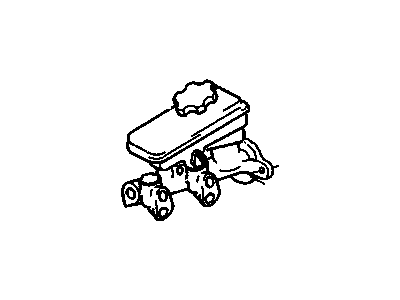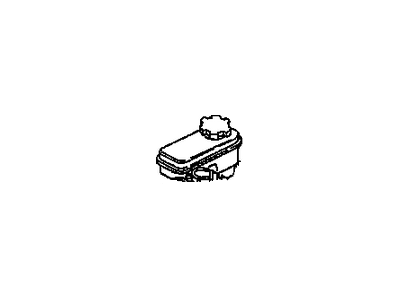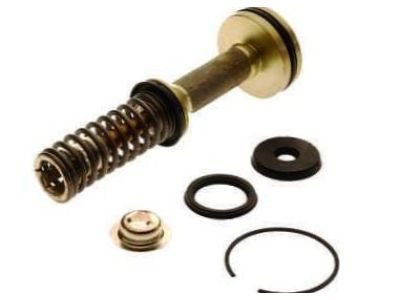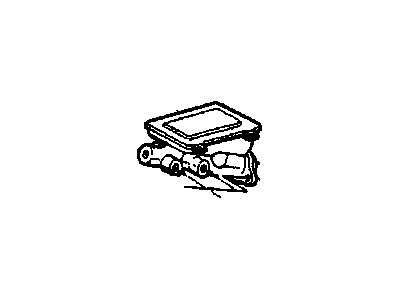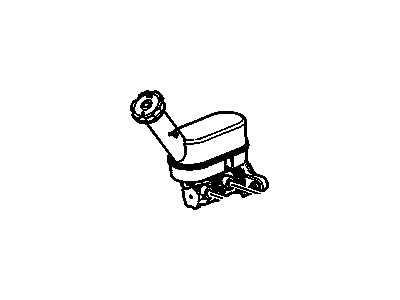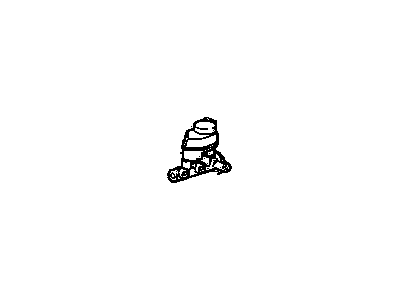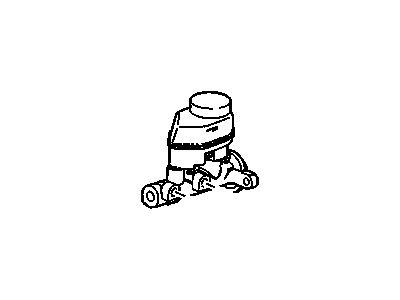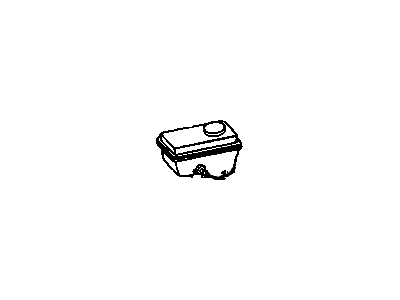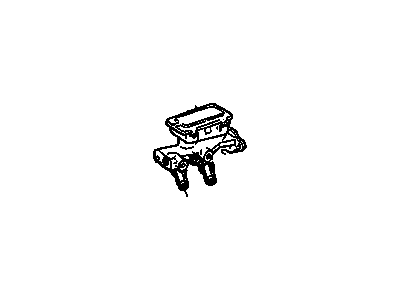My Garage
My Account
Cart
Genuine Buick Century Brake Master Cylinder
- Select Vehicle by Model
- Select Vehicle by VIN
Select Vehicle by Model
orMake
Model
Year
Select Vehicle by VIN
For the most accurate results, select vehicle by your VIN (Vehicle Identification Number).
12 Brake Master Cylinders found
Buick Century Cylinder Asm,Brake Master
Part Number: 18060114$131.83 MSRP: $248.74You Save: $116.91 (47%)Ships in 1-2 Business DaysBuick Century Cylinder Asm,Brake Master
Part Number: 18021215$277.53 MSRP: $423.94You Save: $146.41 (35%)Ships in 1-2 Business Days
Buick Century Brake Master Cylinder
Brake Master Cylinder is useful part of the cars and especially Buick Century automobiles because it translates the pressure of the foot of the driver into hydraulic pressure in order to manage the brakes of the car. Its action is achieved by pumping hydraulic fluid through the system to make use of calipers or drum to provide the amount of friction essential to halt the automobile. Normally, the Buick Century comes with a dual circuit master cylinder to make certain that if a certain circuit is incompetent, the other can still deliver energy to the braking system. Depending on the model of Buick Century, the Brake Master Cylinder might employ cast iron or aluminum housing for the cylinder, and may feature integrally or extraneously mounted fluid reservoirs. The integral reservoirs have only one cap while the external reservoirs have one or two threaded cap types. There are often such problems as leakages or internal malfunction which may necessitate closer examination to provide maximum stopping power.
Each OEM Buick Century Brake Master Cylinder we offer is competitively priced and comes with the assurance of the manufacturer's warranty for the part. Furthermore, we guarantee the speedy delivery of your orders right to your doorstep. Our hassle-free return policy is also in place for your peace of mind.
Buick Century Brake Master Cylinder Parts Questions & Experts Answers
- Q: How to Remove and Install a Master Cylinder and Overhaul It on Buick Century?A: The removal and installation process for brake master cylinders is detailed as follows, Tag and disconnect hydraulic lines, cap lines to prevent leakage, and remove the brake master cylinder attaching nuts, then remove the brake master cylinder. For non-power brakes, disconnect the push rod from the Brake Pedal. To reinstall a non-power brake master cylinder, position it against the firewall with the push rod inserted, tighten attaching nuts, and attach the push rod to the brake pedal. For power brake systems, position the brake master cylinder over the push rod and tighten nuts. Install hydraulic lines and bleed the brake system. During overhaul, remove the brake master cylinder from the car, eliminate mounting gasket, boot, and main cover, drain the fluid, secure the cylinder and remove push rod retainer and secondary piston stop bolt. Compress the retaining ring, extract it with the primary piston assembly, use compressed air to force out the secondary piston, spring, and retainer. Check brass tube fitting inserts, replace if needed. Clean parts with denatured alcohol and compressed air. Replace brass tube inserts by threading brake line tube nut, then position and identify piston assemblies, place secondary seals in grooves, assemble primary and secondary seals and protector, insert assembly into cylinder, seat spring against bore, push in primary piston, snap retaining ring, replace reservoir diaphragm and cover. Overhaul of power brake master cylinders' main cylinder portion follows the same steps as for manual cylinders.
- Q: How should one check and maintain the brake fluid level in the brake master cylinder on Buick Century?A: Use only Heavy Duty Brake Fluid meeting DOT 3 or 4 specifications. Do NOT use any other fluid or severe brake system damage may result. The Brake Master Cylinder is located under the hood, in the left rear section of the engine compartment. It is divided into two sections (reservoirs) and the fluid must be kept within ¼ in. (6mm) of the top edge of both reservoirs. The level should be checked at least every 7,500 miles (12,000 km). To check the fluid level, simply pry off the retaining bail and then lift off the top cover of the Brake Master Cylinder. Be careful not to spill any brake fluid on painted surfaces, as brake fluid eats paint. Do not allow the brake fluid container or the Brake Master Cylinder reservoir to remain open any longer than necessary; brake fluid absorbs moisture from the air, reducing the effectiveness and causing corrosion in the lines. The reservoir cover on some models (1978 and later) may not have a retaining bail. If so, simply pry off the cover with your fingers.
Related Buick Century Parts
Browse by Year
2005 Brake Master Cylinder 2004 Brake Master Cylinder 2003 Brake Master Cylinder 2002 Brake Master Cylinder 2001 Brake Master Cylinder 2000 Brake Master Cylinder 1999 Brake Master Cylinder 1998 Brake Master Cylinder 1997 Brake Master Cylinder 1996 Brake Master Cylinder 1995 Brake Master Cylinder 1994 Brake Master Cylinder 1993 Brake Master Cylinder 1992 Brake Master Cylinder 1991 Brake Master Cylinder 1990 Brake Master Cylinder 1989 Brake Master Cylinder 1988 Brake Master Cylinder 1987 Brake Master Cylinder 1986 Brake Master Cylinder 1985 Brake Master Cylinder 1984 Brake Master Cylinder 1983 Brake Master Cylinder 1982 Brake Master Cylinder

